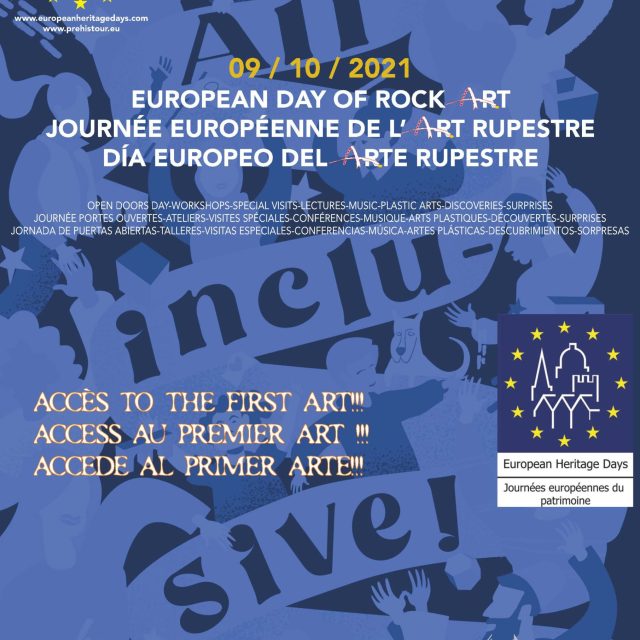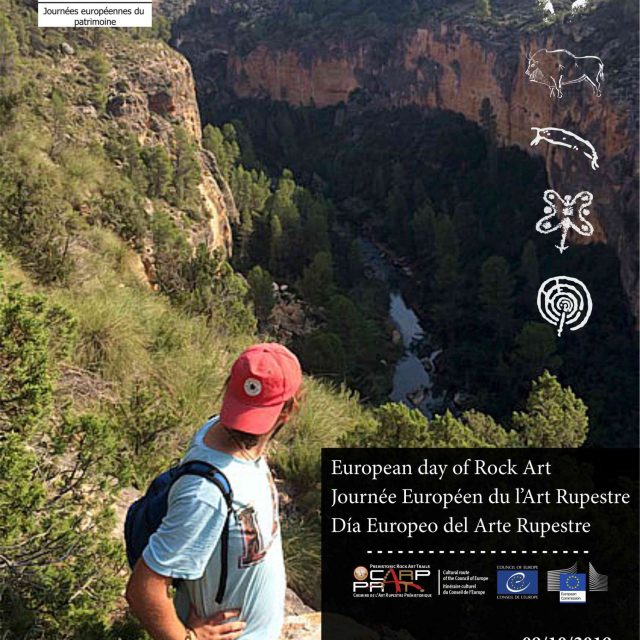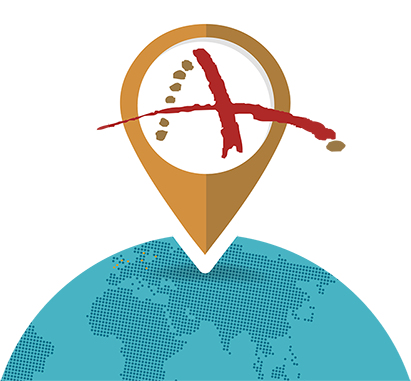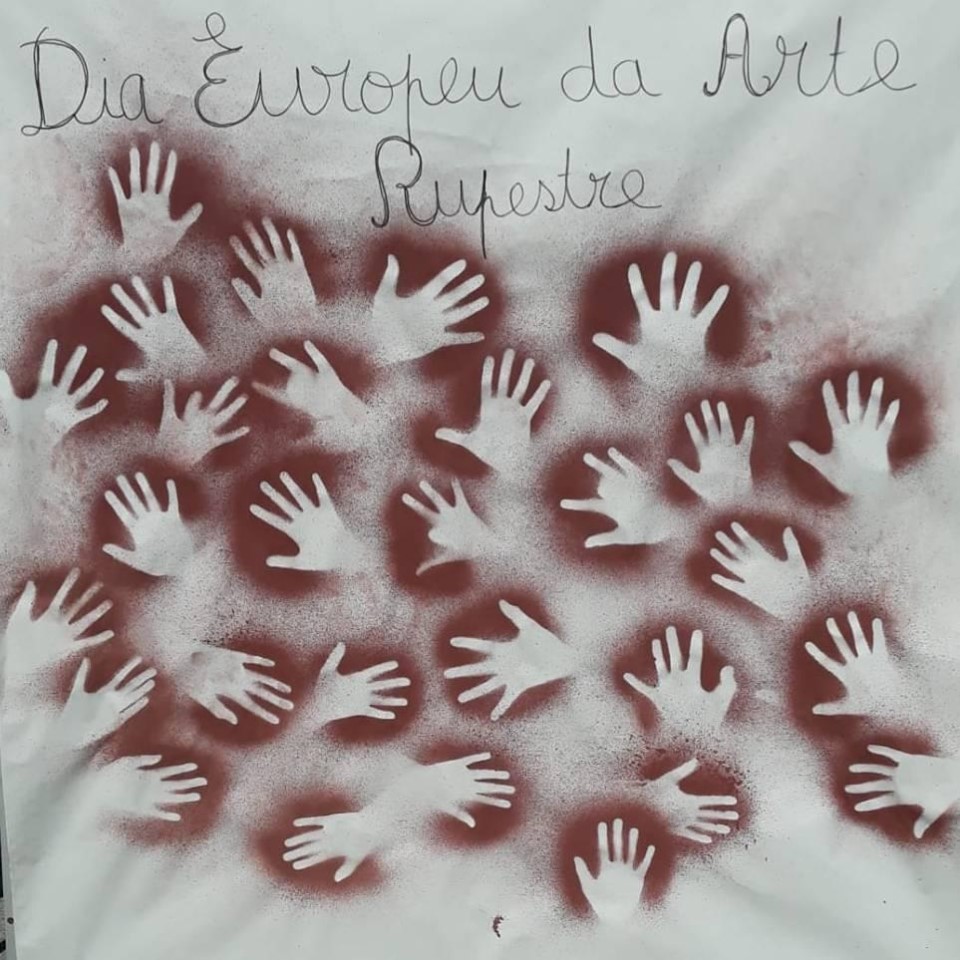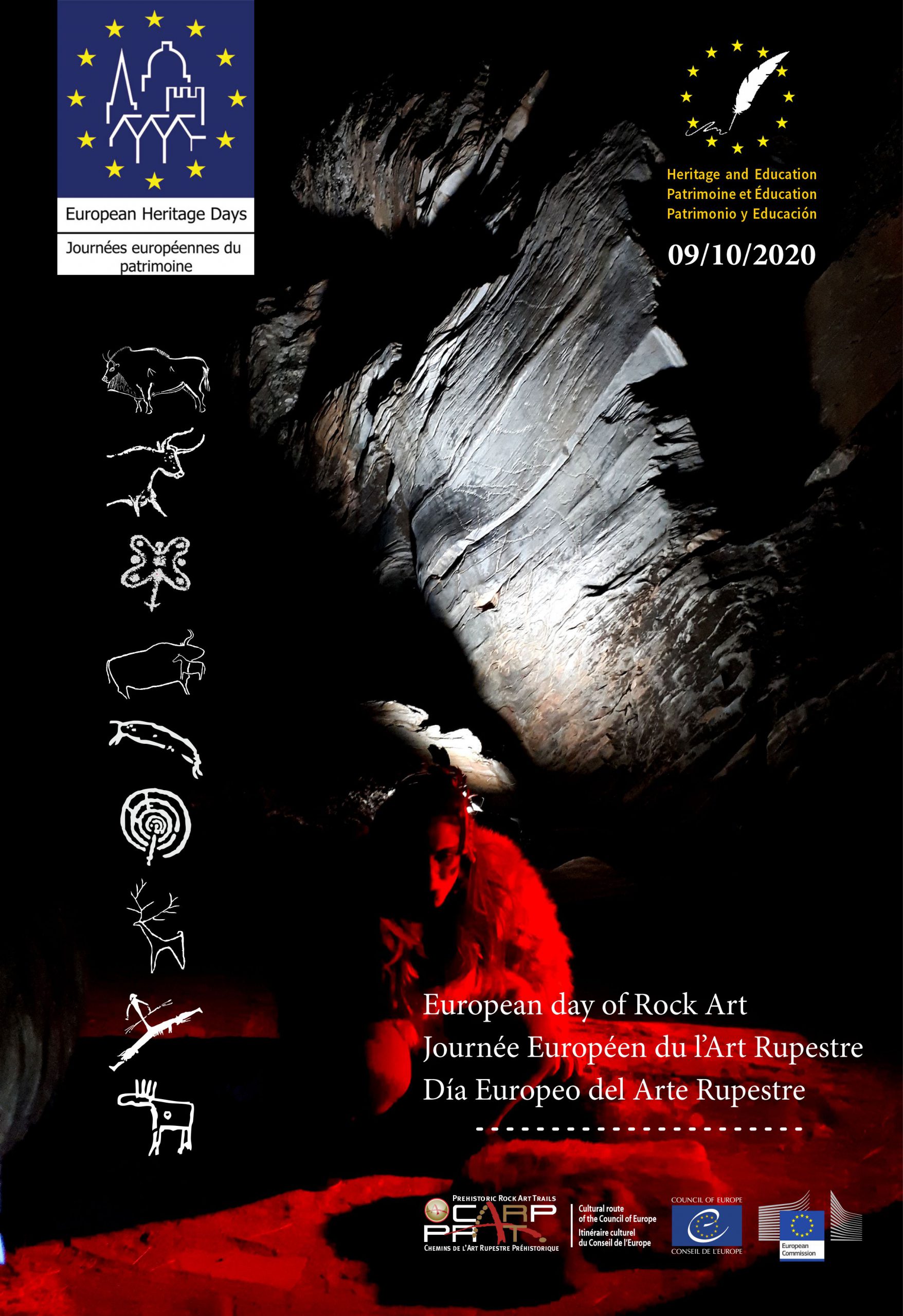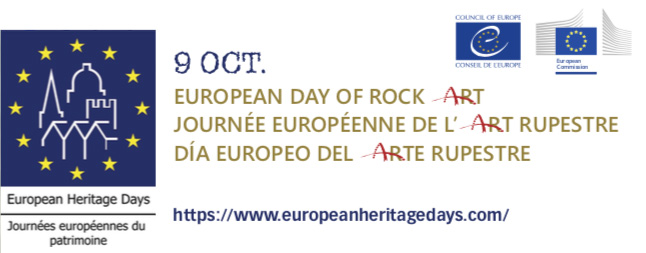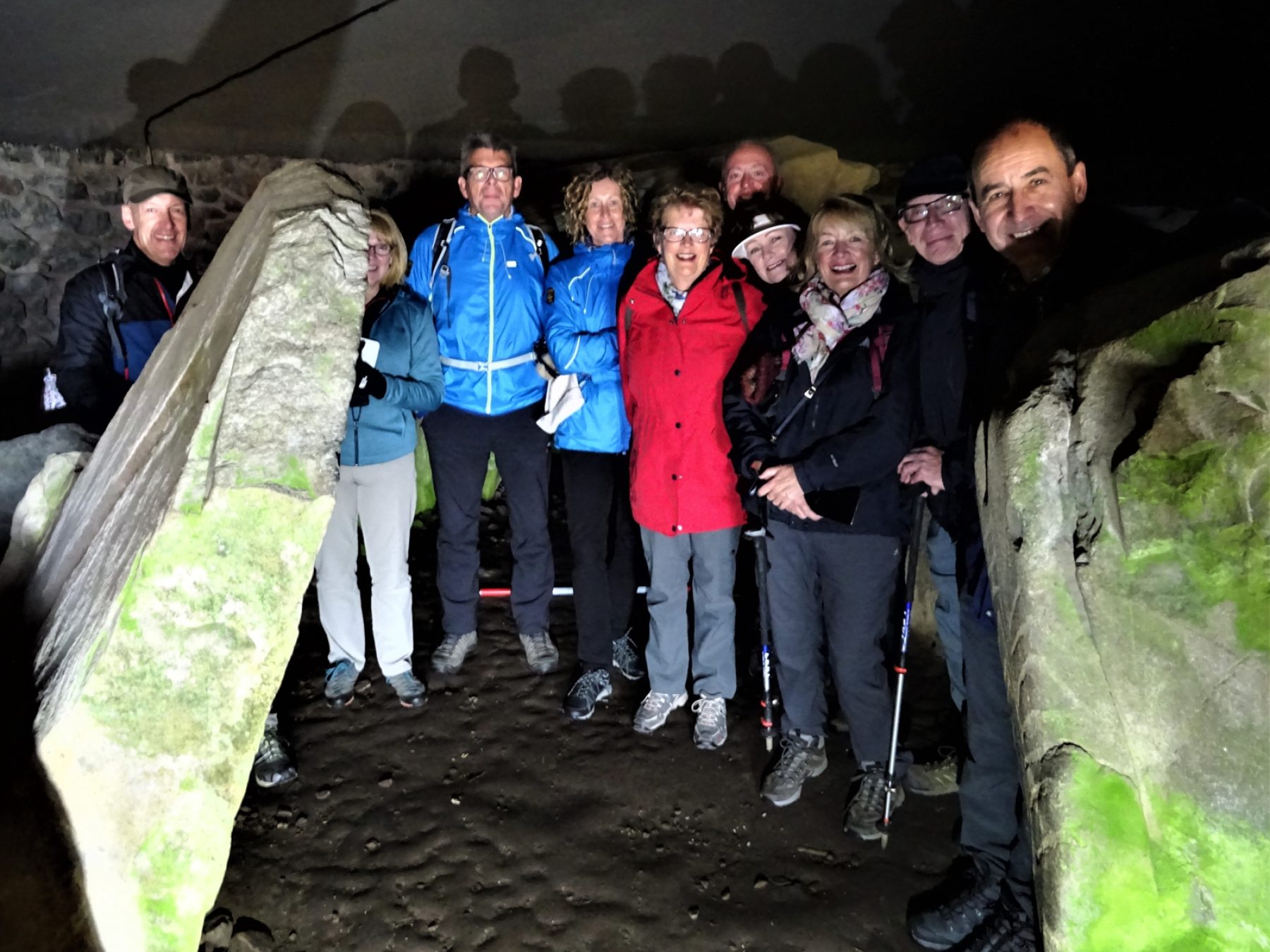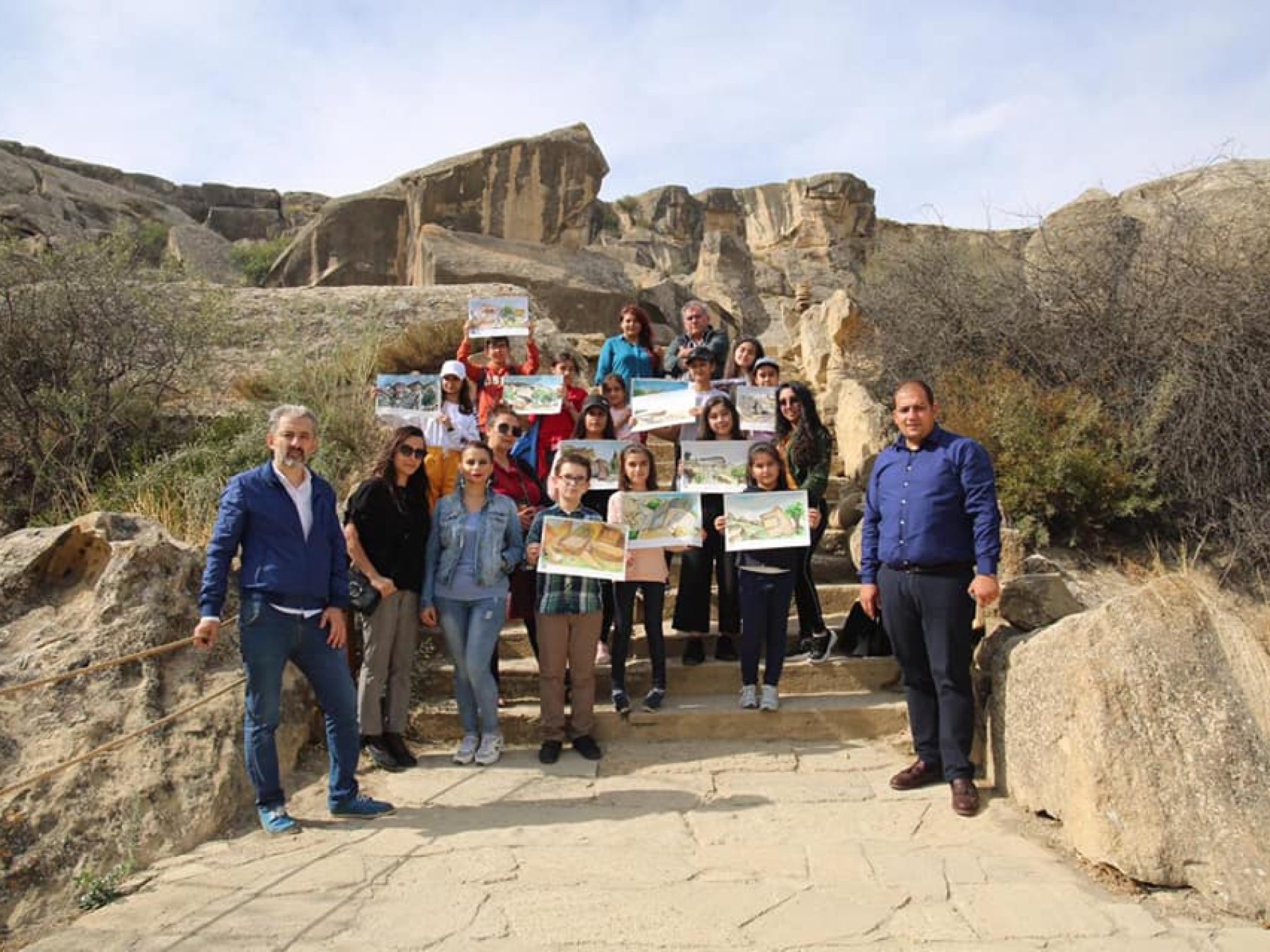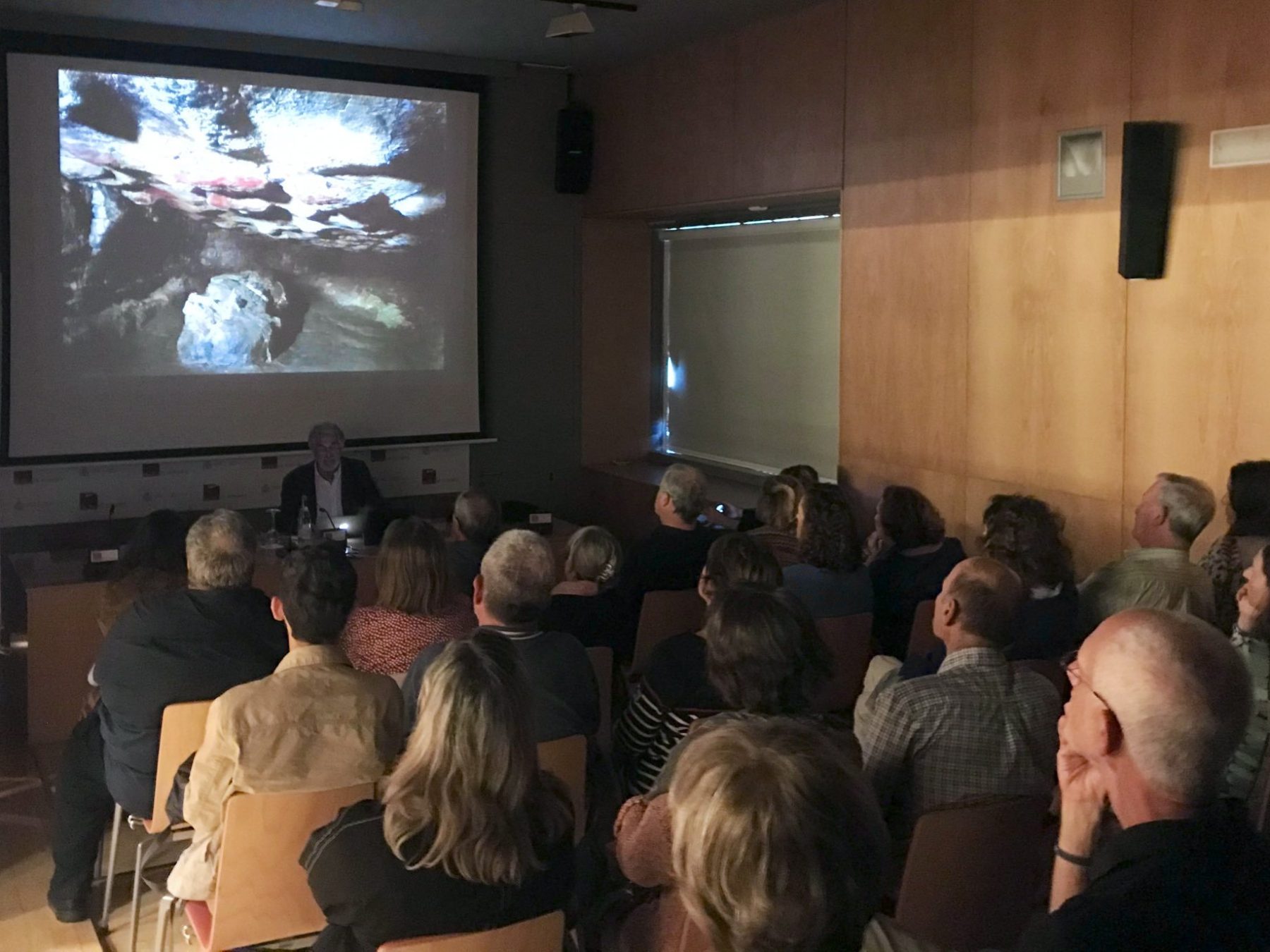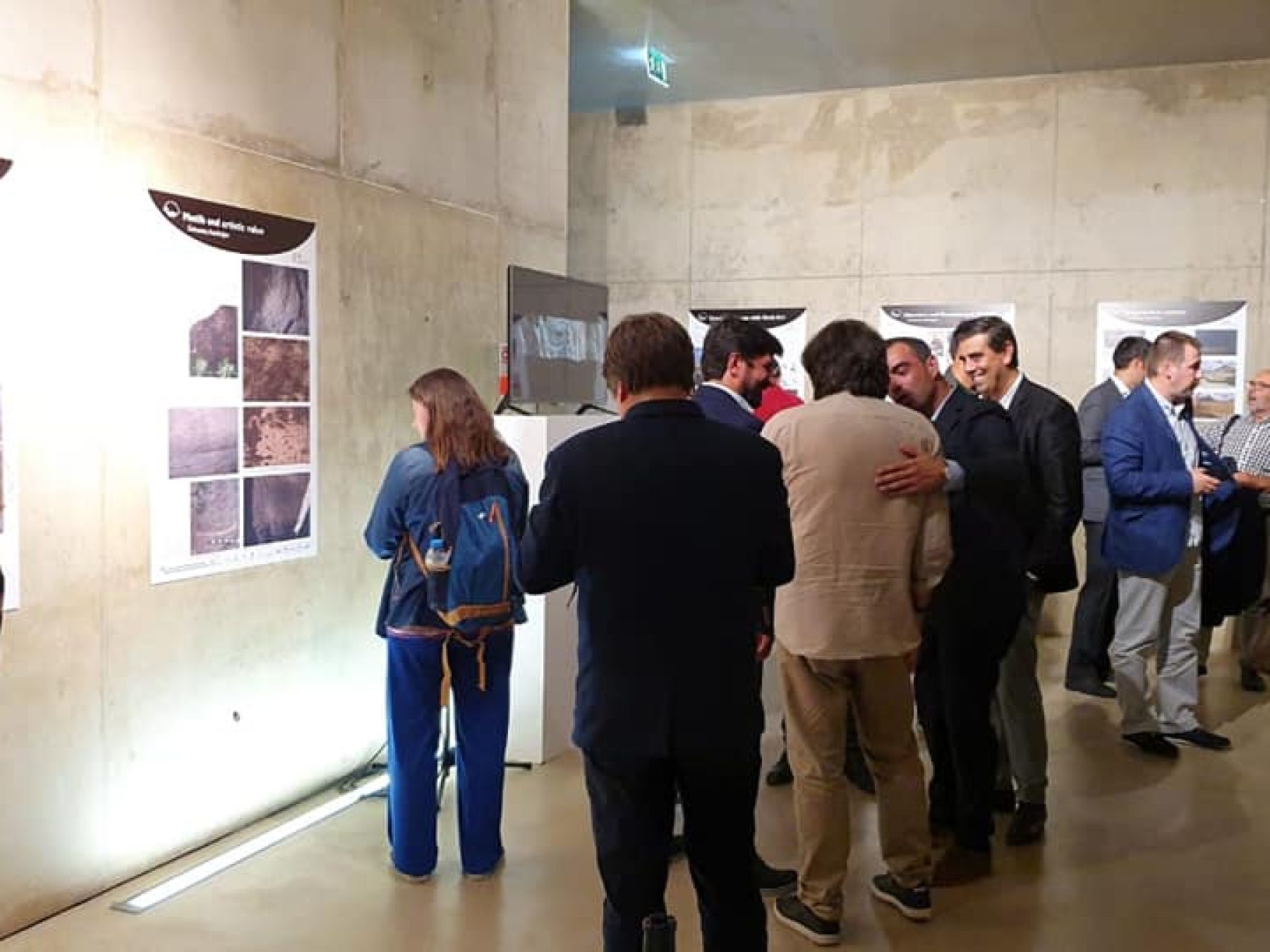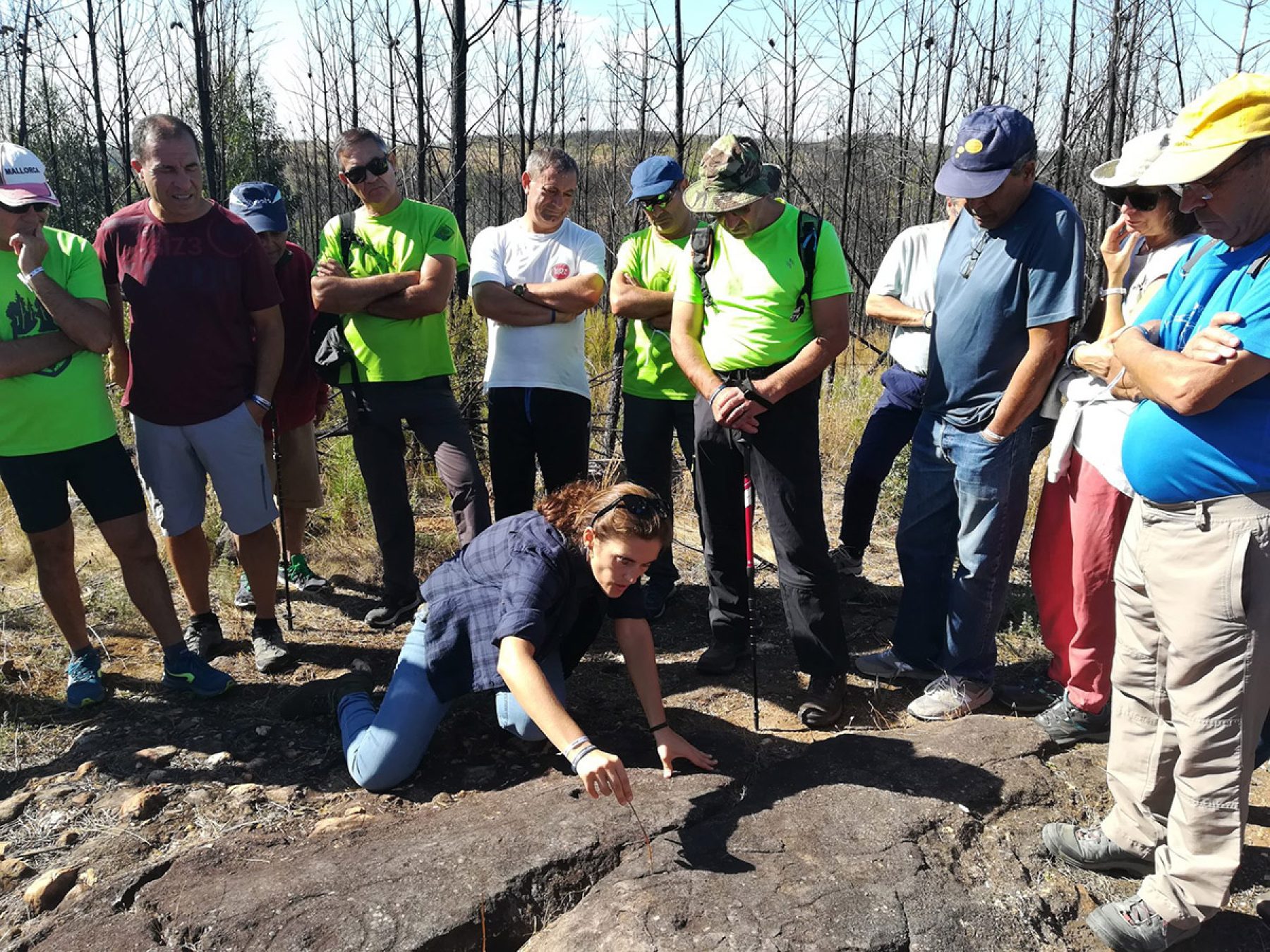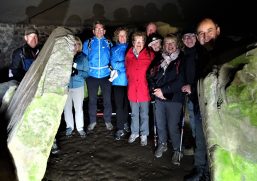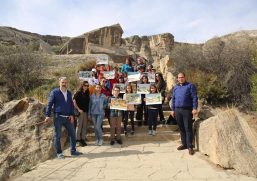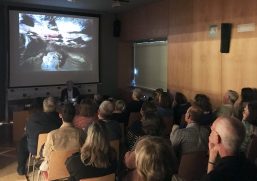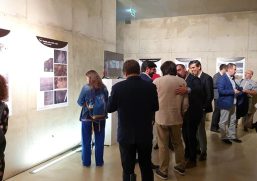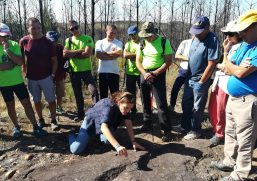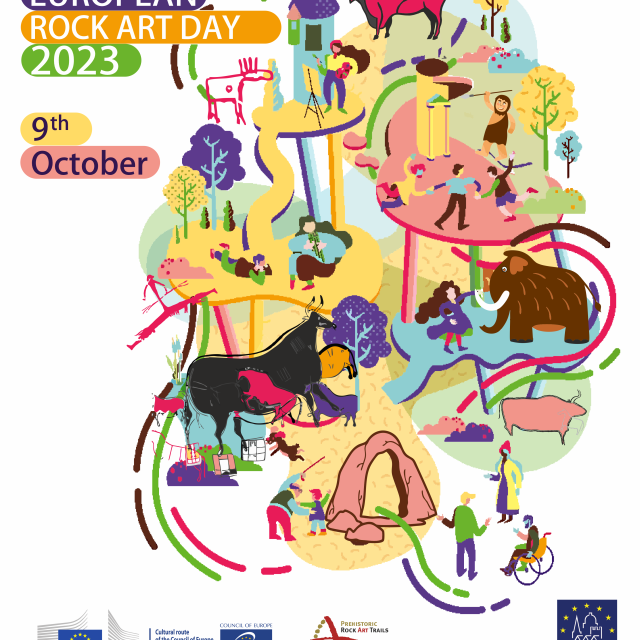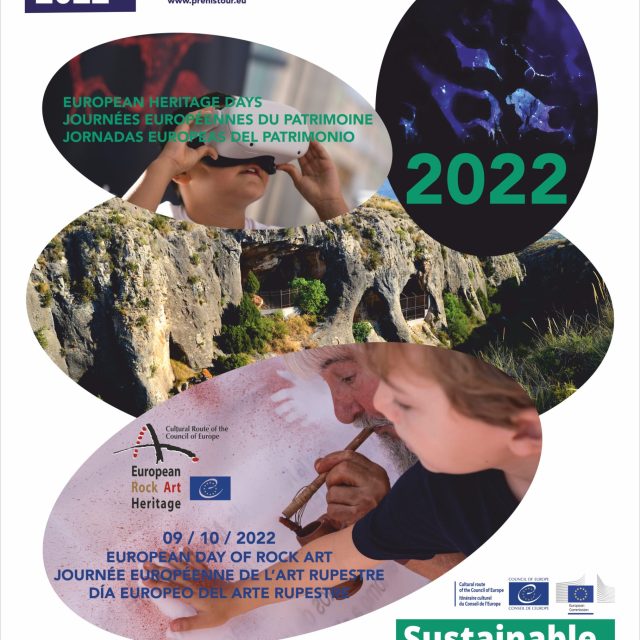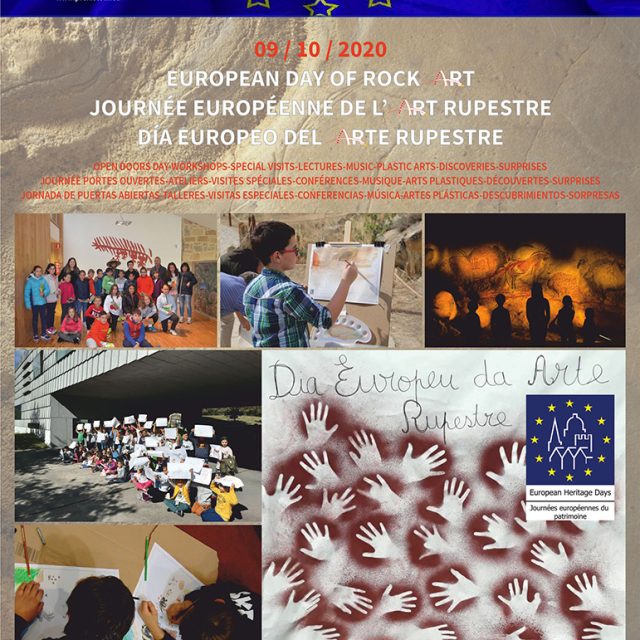EUROPEAN DAY OF ROCK ART
Since 2019, the Cultural Route of the Council of Europe PREHISTORIC ROCK ART TRAILS (PRAT-CARP) celebrates the European Day of Rock Art as part of the European Heritage Days celebration.
The date 9th October was chosen to celebrate this day due to its coincidence with the trip that the great prehistorian Emile Carthailac (author of the paper “The cave of Altamira. Mea Culpa of a sceptic”, L’Anthropologie, 13: 348-354) made in 1902 to Santillana del Mar (Cantabria, Spain), in order to know Altamira Cave and to visit María Sanz de Sautuola, who had discovered – together with her father, D. Marcelino – the paintings of Altamira Cave in 1879. On 9th October 1902, this famous and respected French archaeologist wrote to a French colleague, Gustave Chauvet, from Santillana, describing him the wonderful paintings of Altamira and recognising the authenticity of this cave. At this moment, the great mistake of the entire international scientific community disregarding the discovery and subsequent study of Altamira, carried out by Marcelino Sanz de Sautuola between 1879 and 1880 when he proposed a Prehistoric chronology for the paintings and engravings of this cave. As it is known, initially the scientific community did not accept the intellectual capacities of prehistoric humans and the existence of a great Art of the Prehistory, as Sanz de Sautuola defended in 1880, until other similar paintings were discovered in caves of France in the late 19th century and the early 20th century.
OBJECTIVES:
The main objective of this celebration date is to highlight the cultural, artistic and touristic relevance of the first Art of the humankind that Europe preserves in many places. With this initiative, PRAT CR try to point out the cultural, artistic and touristic relevance and interest of Prehistoric Rock Art and the danger these sites are facing today. In tune with the spirit of the EHD, the specific objectives are:
➢ To link EHD with the oldest and one of the most extensive heritage of Europe.
➢ To strengthen pan-European cooperation with a large joint celebration of EHD in rural territories of Azerbaijan, Finland, France, Georgia, Italy, Norway, Portugal and Spain (and other countries where rock art sites exist). ➢ To promote full accessibility to European first art, implementing practices to include people with physical and sensorial disabilities in the knowledge of rock art, according to next EHD’s themes of Heritage and Education (2020) and Inclusive Heritage (2021).
➢ To increase the sensibilization to the preservation and sustainable tourism uses of this fragile heritage and its natural environments (caves, rocky and natural landscapes) ➢ To promote the rural areas (where the rock art is located, basically) as Cultural Tourism destinations.
MAIN ACTIVITIES:
1. October the 9th will be an open doors day in all the locations of the Cultural Route of Rock Art of the Council of Europe (and others) that decide to participate. Each destination will offer during this day special visits for everyone with special attention to pupil groups (elementary and secondary levels).
2. All the visitors will be informed with a leaflet about this significant date and its inclusion in the EHD. If it would be possible, all visitors would receive a commemorative gift with a representative rock art motif of the place they are visiting. It will be promoted as a motto based on the idea that “despite the changes experienced by Europe since Prehistory, rock art endures and unites us”.
3. On the occasion of this European day, the Rock Art sites will organize different kind of special activities (each site decides what activity/ies will be developed: lectures, special visits -like dramatized visits-, workshops for schoolchildren on the life of the European Prehistoric populations, artistic -musical, theatre…- performances, etc.) and will facilitate accessibility for visually and hearing impaired people.
